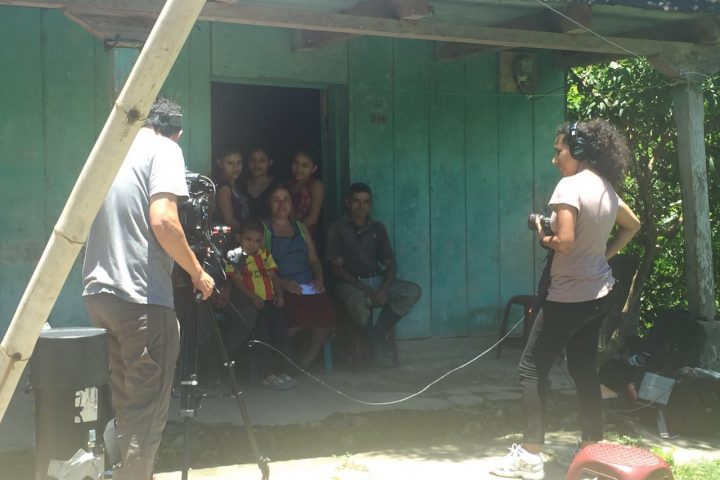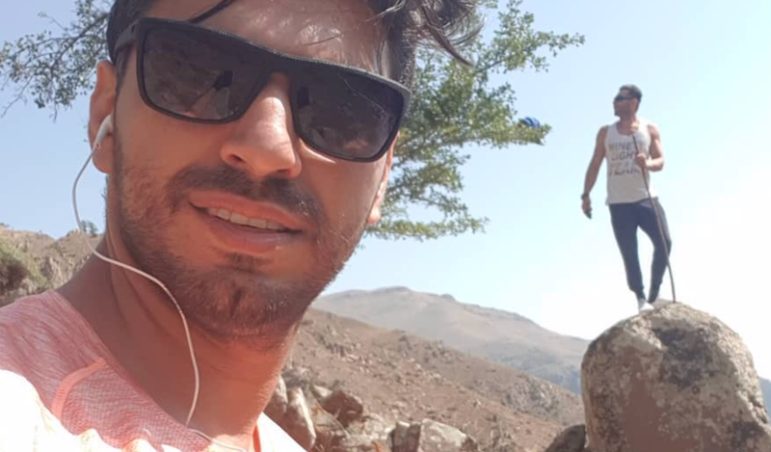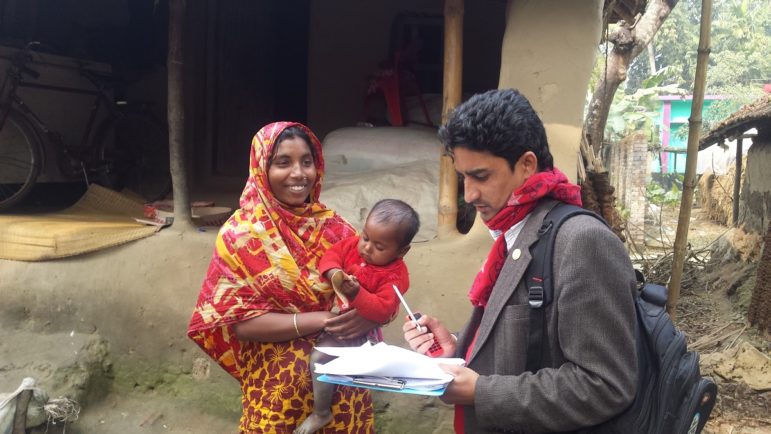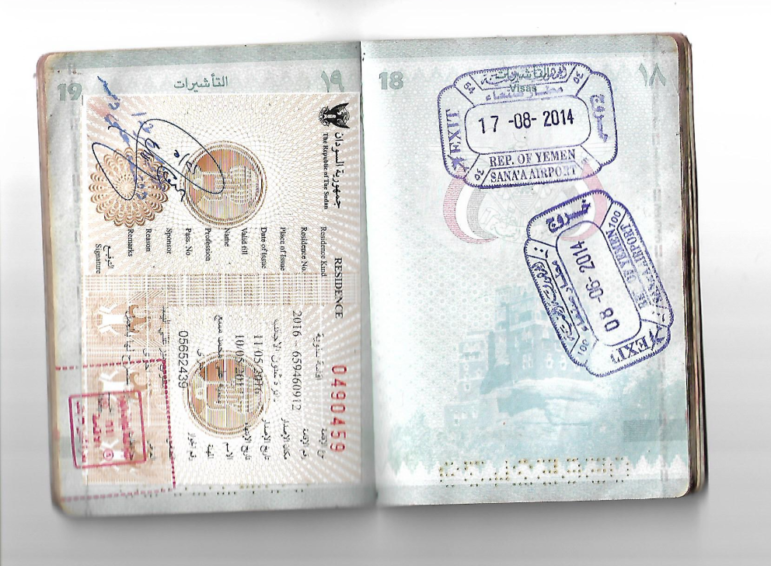
Case Studies
Investigating the Money Men of African Kleptocrats
The African Investigative Publishing Collective recently conducted a multi-part investigation into the associates that handle business for African kleptocrats. Evelyn Groenink shares how the story took form and the massive challenges faced by reporters spread across multiple countries.









